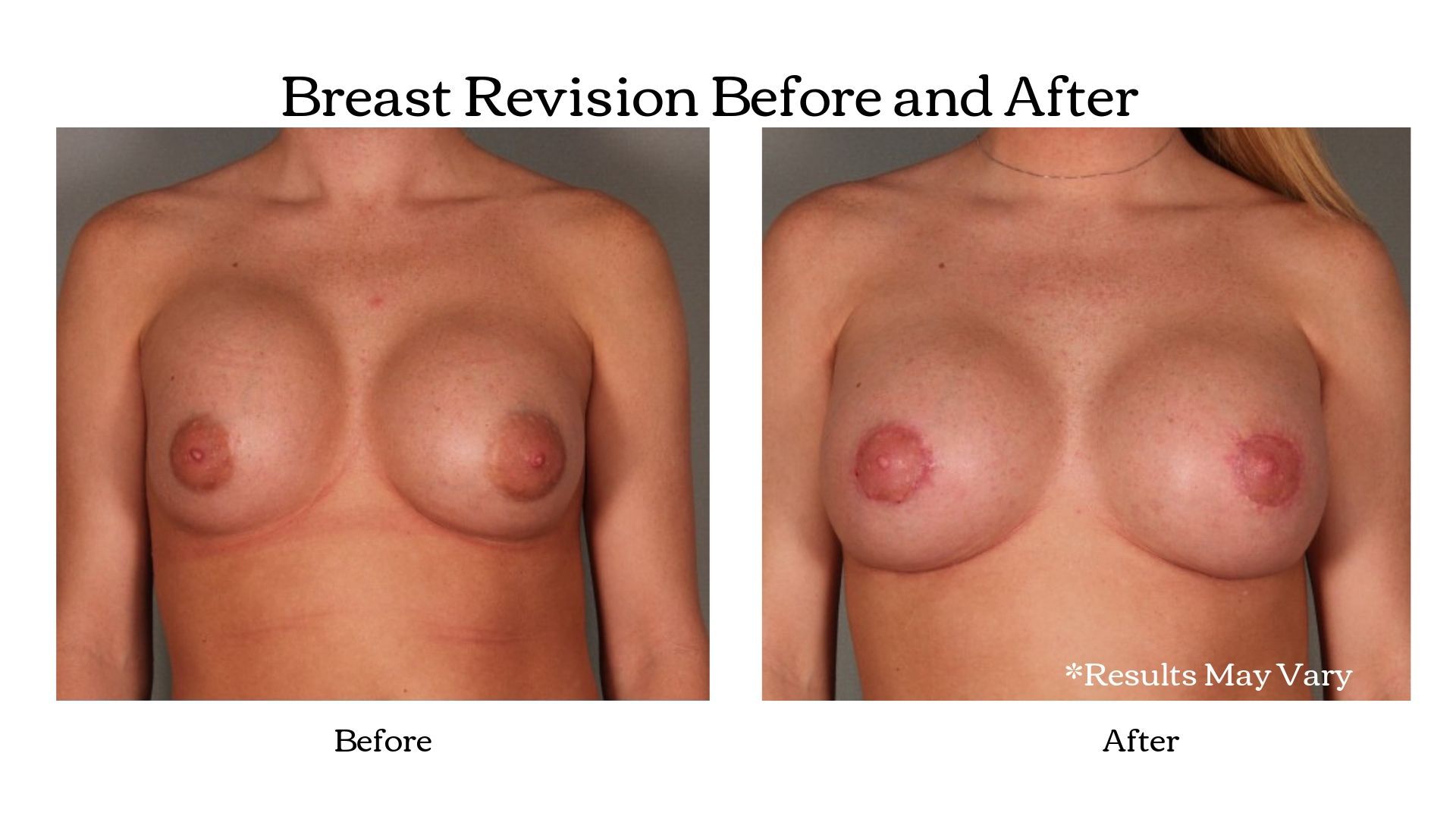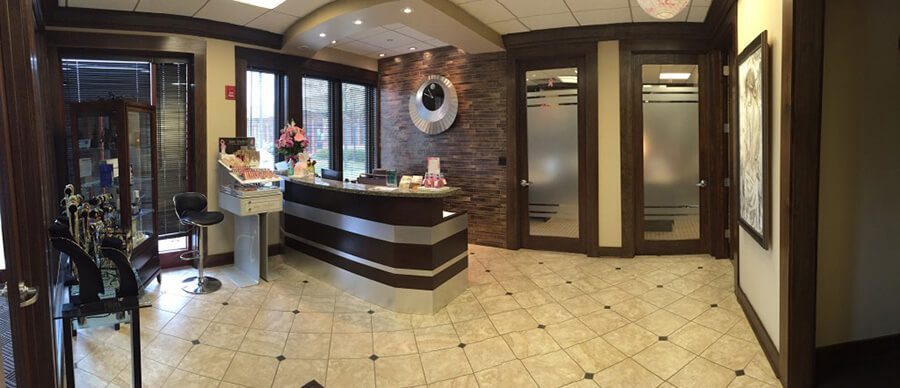Posted in Breast Surgery
Many women are forced to undergo breast revision after implant-related complications such as rupture, capsular contracture, and implant displacement. Breast revision is performed to remove and/or replace implants after breast augmentation surgery, whether it is one year or 20 years down the line.
Women have various options when it comes to the specifications of their breast revision, and while many choose to replace their damaged or old implants with new ones, others debate whether or not having augmented breasts is worth the hassle and cost of implant replacement.

What Are the Potential Complications of Breast Augmentation?
There are several implant complications that can occur after breast augmentation, and breast revision is required to correct them.
Capsular Contracture
Capsular contracture is the most common of these complications. This occurrence is characterized by the tightening of the scar tissue that forms around the implant. In some patients, the scar tissue starts to contract and squeeze the implant, causing breast implant hardening, chronic pain, and distortion. Capsular contracture surgery involves the removal of the implant and the scar tissue; these can be removed together (a technique known as en bloc capsulectomy) or separately. The removal of the implant and tissue will release the tightness from capsular contracture and restore normal breast anatomy.
Implant Rupture
Implant rupture is another complication that may lead women to question their desire for implants. Both saline implants and silicone implants can rupture.
Saline ruptures are more noticeable since the saline escapes through the break in the implant shell easily and is absorbed by the body.
Silicone ruptures are often silent ruptures, meaning that the silicone remains in the breast pocket within the implant capsule. Silicone implant rupture side effects include breast pain, lumps in the breast, asymmetry, and hardening of the breast. It is very difficult to rupture a silicone implant; however, it is possible, and implants should be monitored to assess for any abnormalities. Silicone, even with a rupture, does not cause cancer.
Implant Displacement
Breast implant displacement is the other major complication that requires revision. This occurs when an otherwise healthy and well-placed implant gets displaced as a result of tissue laxity. Typically, the implants can bottom out or become displaced more laterally on the chest, particularly when lying down.
Important Note About Implant Safety
Many women are asking whether or not breast implants are safe now. The short answer is yes; however, that does not mean that implants are without risk. Breast implant safety comes down to breast implant monitoring and breast implant awareness. Sore breast implants can be the sign of an implant complication or something more serious, so pay attention to how you’re feeling and alert your surgeon if you experience anything unusual.
There are many “issues” that can develop with implants, even though these issues are unusual. One of these rare occurrences is mold in saline implants. While the saline used in implants is sterile, some reports have surfaced that reveal mold developing inside of saline implants. Should that implant rupture, the mold would be absorbed by the body, potentially leading to further complications.
Breast implant illness is another safety concern even though it cannot be scientifically proven. Breast implant illness is a self-diagnosed disease with symptoms similar to an autoimmune disease. These include fatigue, brain fog, muscle soreness, joint pain, and headaches.
A recent fear that many women have about breast implants is the potential correlation between textured implants and BIA-ALCL (breast implant-associated anaplastic large-cell lymphoma). This is a cancer of the immune system that develops in the scar tissue. BIA-ALCL is a rare cancer; however, it is linked to breast implants but has also been found in the capsule of an infusion port and in the scar surrounding an orthopedic fracture plate.

Patient underwent breast revision surgery with Dr. Schlechter after developing capsular contracture following a breast augmentation by another surgeon.
What Are Your Revision Options?
Women who do not wish to replace their damaged implants after a complication have several options.
Implant Removal Without Replacement
Some women can remove their implants permanently without undergoing any other surgical procedure. With this technique, the implants are removed, and the breast pockets are closed down.
Implant Removal and Breast Lift
Typically, women who wish to remove their implants without replacing them also require a breast lift to remedy the breast ptosis (drooping) that developed due to the size and weight of the implants.
Implant Removal and Fat Transfer to the Breasts
Alternatively, women who wish for breast augmentation without implants can remove their implants and undergo breast augmentation with fat transfer. This technique takes fat from other body regions to enlarge the breasts.
If you are interested in breast revision near you, contact Dr. Schelchter at North Shore Aesthetics by calling (847) 737-5036 or by filling out our online contact form.







